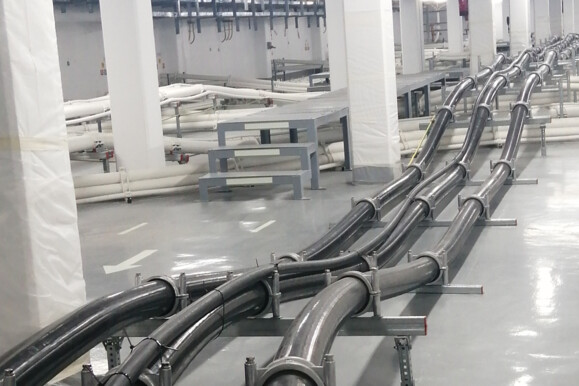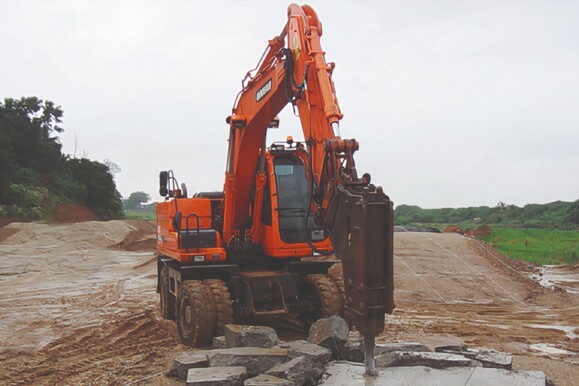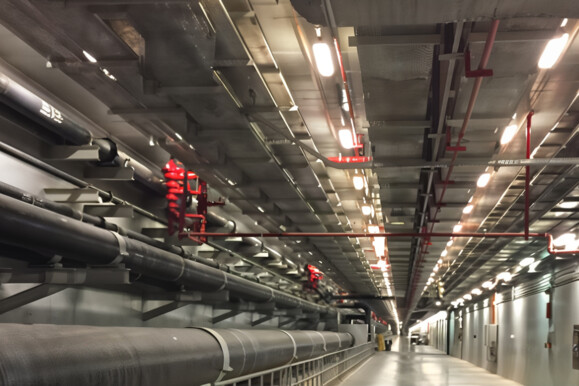Project Overview
For large power cable assets such as subsea cables, windfarm export cables or HV onshore transmission cables, finding cable faults rapidly is crucial to minimizing downtimes caused by these faults. Fiber optic Distributed Acoustic Sensing (DAS) is a key enabler for this task, as it pinpoints the exact location of an occurring cable fault if permanently installed or post-fault during thumping/flashover generation campaigns. When permanently installed as an online monitoring system, our solution eliminates the need to mobilize test equipment and crews. DAS technology also alleviates the location inaccuracy inherent in existing electronic fault-finding methods; additionally, if a fault is caused by a third party, the DAS system assists in tracing the event back to the responsible party. The following examples summarize AP Sensing’s recent experience providing fault-finding services (both online and offline) with our DAS system.
Case 1
A cable fault occurred on a HV subsea power cable in Europe, at an unknown location. To identify where the fault was located, five flashover tests were completed on the cable, while a DAS system was temporarily installed at the cable. These tests created an acoustic signal in the location where the fault was present, which was observed within the Frequency Band Energy plots. The figure below displays the frequencies present at the location of the cable fault during one of the flashover tests. The flashover tests produced the highest intensity at lower frequencies; this result was consistent with the other four flashover
tests.
Case 2
A cable fault was reported to have occurred on an onshore 90 km power cable. The customer is a major national power grid operator and had a DAS system installed to permanently monitor this HV cable located in Europe. While the operator had the specific time of the fault and approximate location, AP Sensing helped to precisely locate the fault. Upon acquiring the data set of the time the fault occurred via our online customer cloud platform, the AP Sensing data science team analyzed the data at short notice and submitted a technical report documenting the findings. The image below shows the phase signal generated by the cable fault. The velocity of the signal matches the speed of sound in the ground (2100 m/s), verifying that the signal was generated by a cable fault occurring. Fiber joints are observed on the two sides of the signal, and the signal stops travelling along the cable and is reflected at these locations.
Case 3
On this offshore 70 km HV cable in South East Asia, a fault had occurred, but the location could not be identified. To determine the location, thumper tests were carried out on the cable. These tests use high voltage pulses, either giving single or multiple shots to the cable. The below image is a result from one of the thumper tests. It creates a signal in the cable fault location, which could be captured by the DAS system as shown in the image. The location of the fault corresponds to the highest peak signal at the location 9,165 m.
Case 4
A suspected cable fault occurred on an onshore 33 km power cable located in South Korea and was reported to AP Sensing. Upon acquiring and analyzing the recorded DAS data, the signals represented a cable trip as opposed to a fault. The captured signal occurred simultaneously and spread over a 1 km cable length, which is not characteristic of a cable fault. A cable fault should have a time difference of approximately 300 ms over the 1 km signal, when considering the speed of sound in the ground. In this case, the signal occured in three different locations within 10 ms of each other and was identified as a cable trip.







